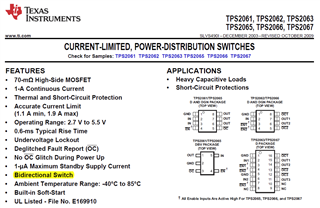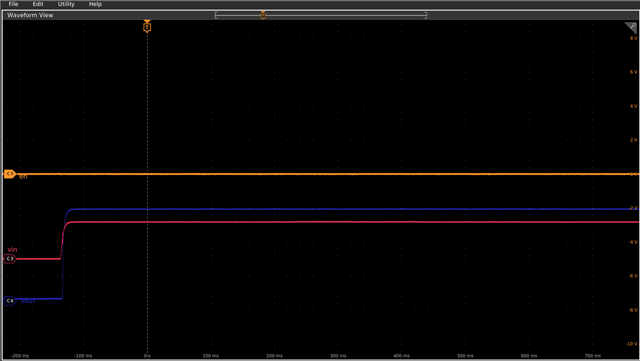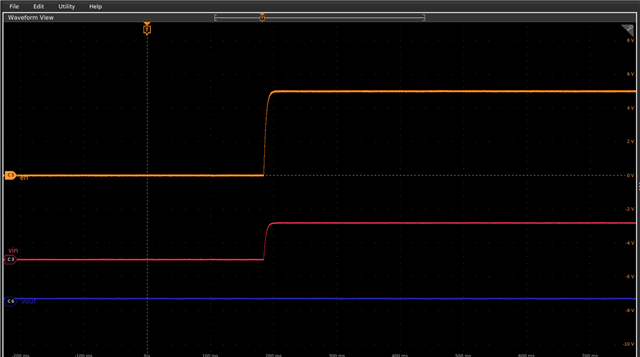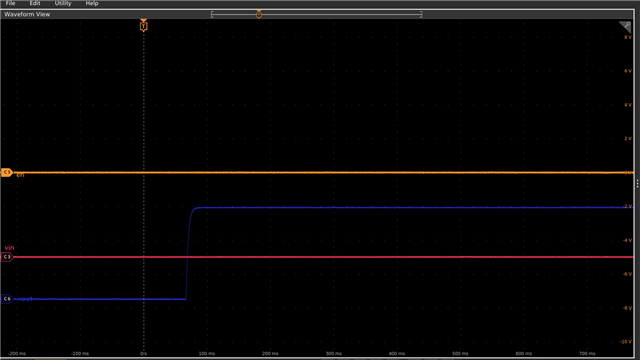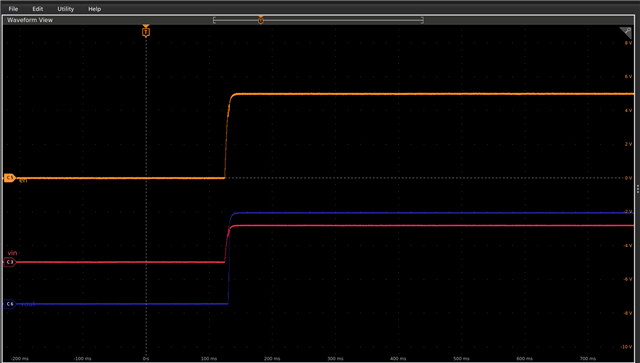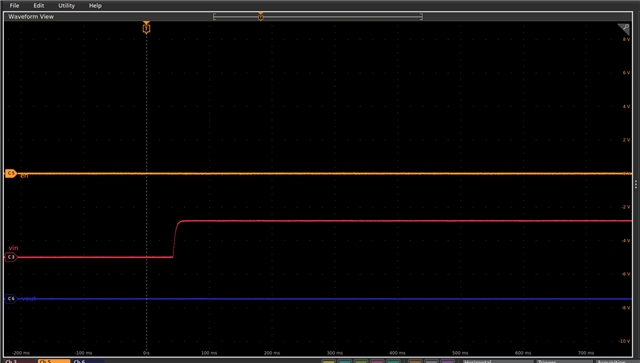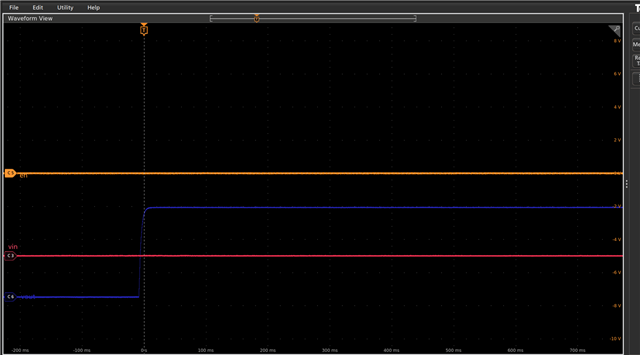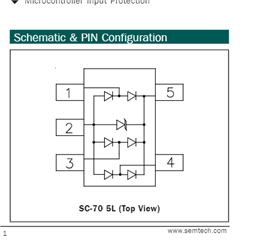Other Parts Discussed in Thread: , TPS2065C
Hi - I'm using the (correction:) TPS2061CDBVT to control power to the USB OTG connector.
I can read/write to a USB stick (board in host mode), and read/write to a PC USB-CDC (board in device mode).
The board normally has its own power and is not powered from the PC.
However, a couple questions:
1) What happens if the board power is disconnected while it is connected to the PC?
Power flows happily from PC to board 5v, as the switch is bidirectional? Or???
2) What happens if the user plugs into the PC without first applying board power?
Thanks in advance!
Best Regards, Dave
PS: If Bad Things happen, what protection or alternate circuit should I use?


